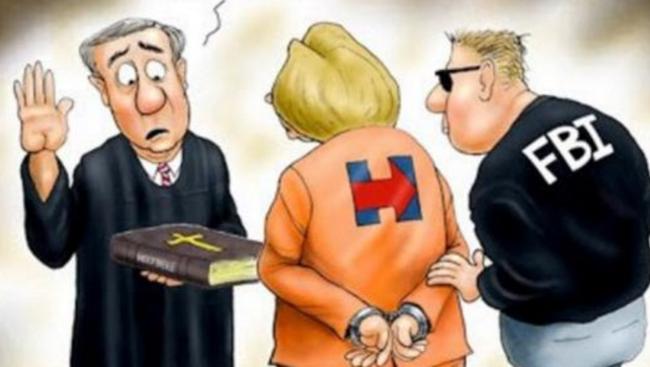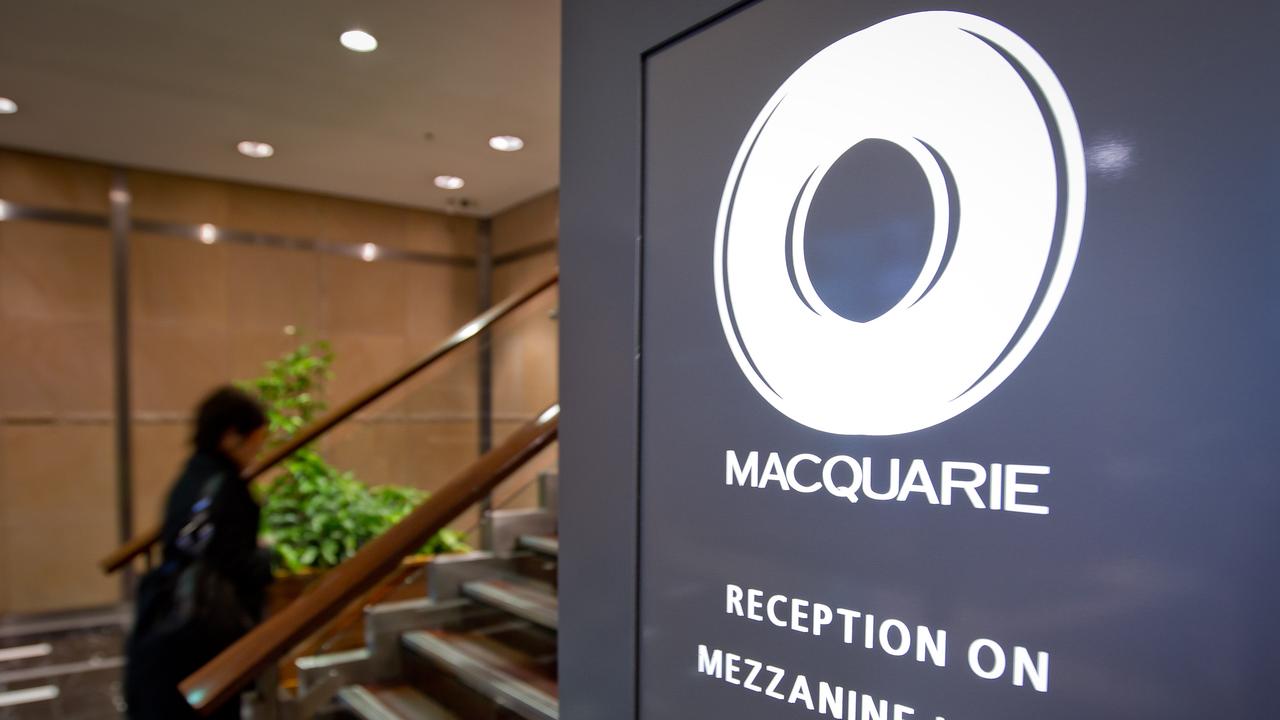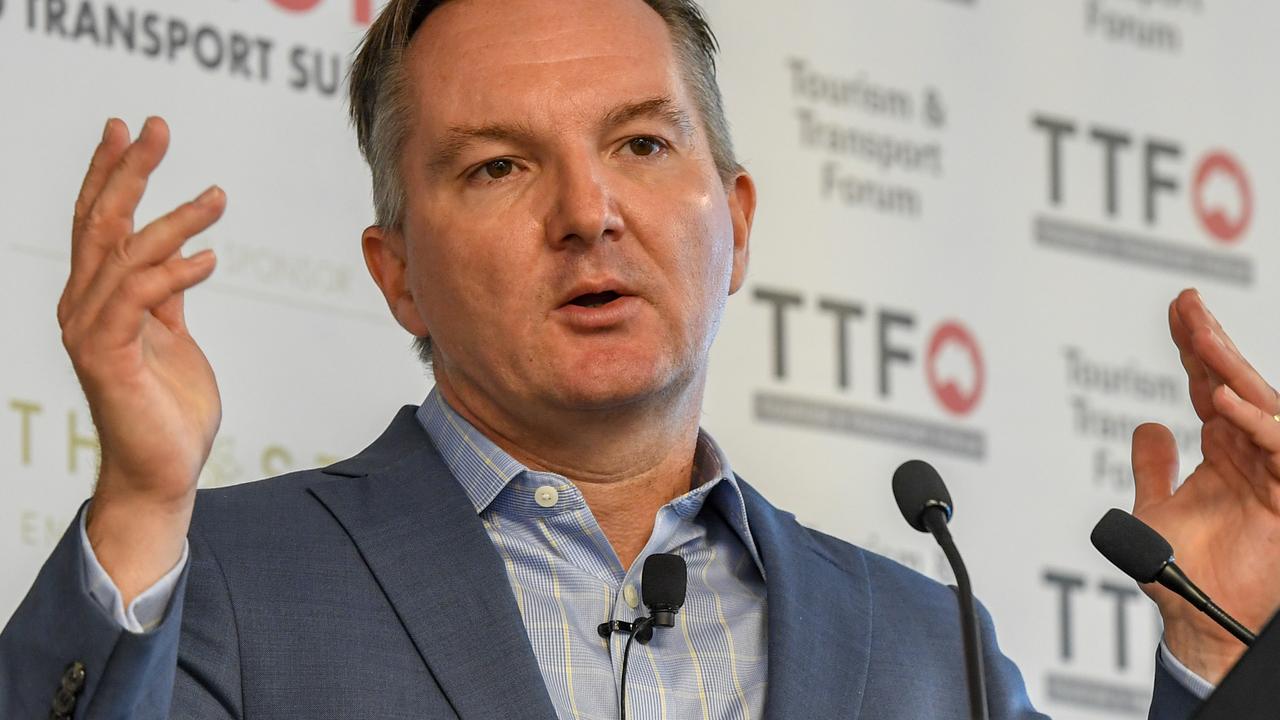Shifting attitude to trade underlies unpredictable US election
The US election has exposed the anxieties of blue-collar America as it grapples with the realities of a new world order.

The mire of the 2016 election campaign means that the 45th president of the US will be unlike any that have gone before.
It almost goes without saying that countries like Australia, Japan and the Philippines, that have relied heavily on the American defence shield, will need to review their strategy in the light of an emboldened China and apparent US weakness and leadership instability.
The same review of strategies will also take place in Europe.
And, of course, it has already started to happen in our region with the Philippines making friends with China and Indonesia seeking more co-operation with Australia.
But it’s in trade where we are seeing — and will continue to see — the very biggest changes.
A pillar of Donald Trump’s campaign has been his championing of the need to rewrite trade deals and his promise of more protection for US manufacturers. Hillary Clinton went part of the way by opposing the Tran-Pacific Trade deal.
But, in reality, both Trump and, to a much lesser extent, Clinton were propounding what has already started to happen.
The New York Times reports that the volume of global trade was flat in the first quarter of 2016, then fell by 0.8 per cent in the second quarter.
American exports fell by $US200bn in 2015 and are down another $US470bn in the first nine months of 2016. It is the first time since World War II that trade with other nations has declined during a period of economic growth.
It’s not hard to work out why this is happening. The model that has dominated world trade for decades saw China buy components and materials from the world, including the US, and produce manufactured goods to export to the US and the rest of the world.
Increasingly, China is making its own components, although, fortunately for Australia, China has also been cutting back on its high-cost coal and iron ore production, sending prices higher.
Meanwhile, China is selling more of the goods it produces to its own people. The trade revolution of the last few decades saw an increase in prosperity in the developing world and in the high-income parts of countries like the US. But it also devastated parts of America and lower income people do not believe they benefited.
This has been a plank of Donald Trump’s campaign and Hillary Clinton has moved in the same direction but with different policies — pay rises and other benefits to low-income people paid for by higher taxes on “the rich”.
Just how this will play out when the 45th president takes office is a matter of speculation but the weakness of both candidates makes the US a very unpredictable country and more taxes on the rich may not help the US sharemarket.
But my guess is that the latest fall in world trade will not become an avalanche because of the way our large companies are organised and the fact that the cost of moving goods is falling. But any slowdown is not good for Australia, although at the moment we are winners.
As Geoffrey Blainey pointed out in the Weekend Australian magazine, even if Clinton wins office, more than 50 million people will have voted for Trump’s policies — that can’t be ignored in a democracy. If the 45th president does not alter the income balance between rich and poor, then whoever becomes the 46th president in 2020 will be far more radical than either Trump or Clinton.
Thanks to Richard Morrow of Baillieu Holst for sending me the cartoon.







I reproduce the above cartoon to bring home graphically to Australians just how much global defence and trade games are changing and are going to change.